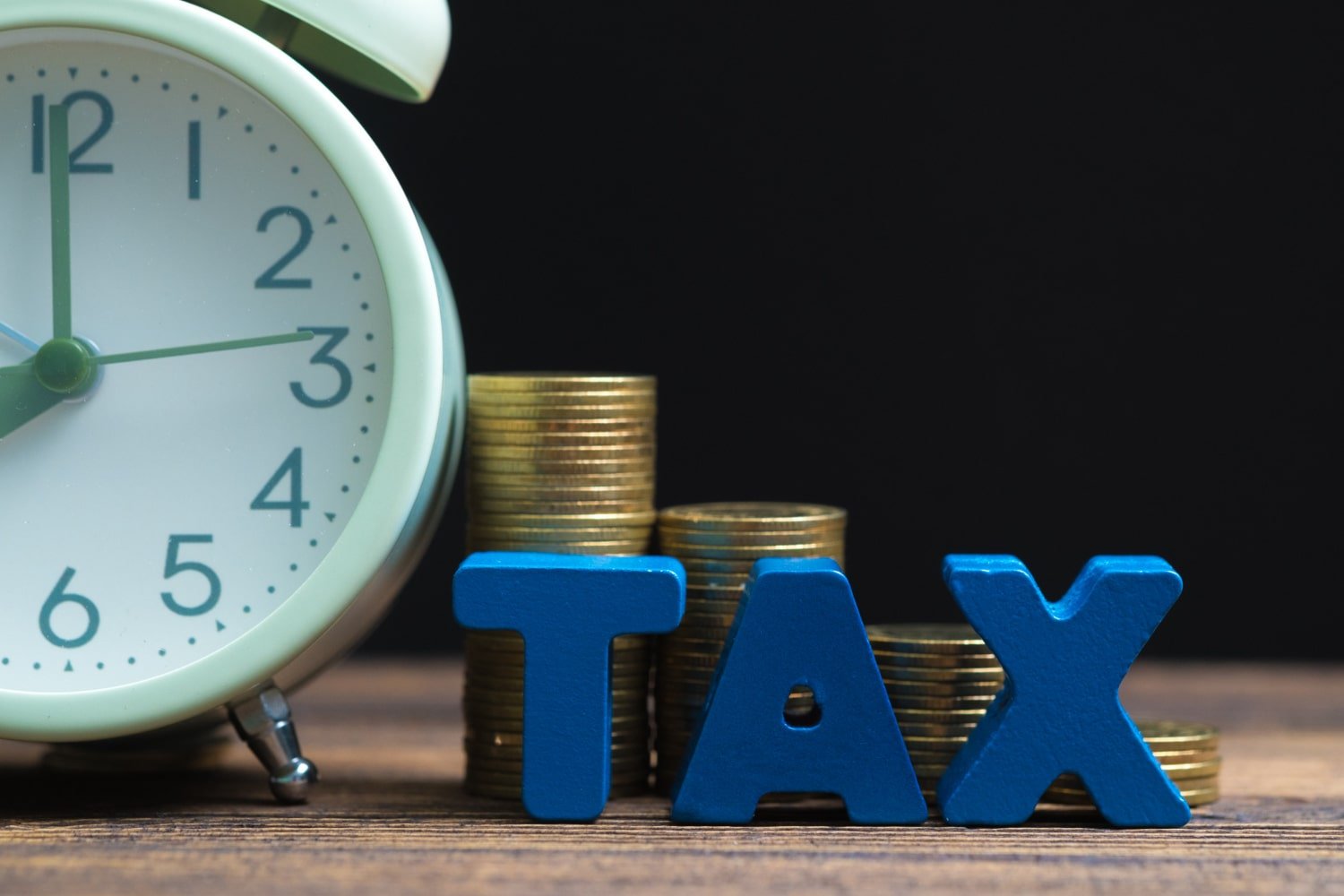Two of the most significant types of expenses that occur in a business are Capital expenditure and Revenue expenditure. As a business owner or manager, it is essential to understand the various types of expenses that your company incurs.
In this article, we explain the differences between capital and revenue costs, and highlight their importance in the financial management of a business.
Additionally, it will discuss the impact of capital and repair expenditures on a company’s financial statements, tax implications, and decision-making processes. So, let’s get into it!
What is Revenue Expenditure?
Revenue expenditure is regular and preventative maintenance to restore the original state of an assets. It helps to prevent further deterioration of an asset. Replacing a component of an asset also counts as revenue expenditure as long as it does not result in any value addition.
Revenue expenditure are allowable deduction from the rental income in the year of incurrence thus, lowers profit.
What is Capital Expenditure?
Capital expenditures are a critical aspect of managing a property, whether it’s a rental property or a personal residence.
These expenditures refer to the costs associated with making significant, long-lasting improvements to a property, such as renovations, adaptations, or enhancements that increase the property’s overall value.

Capital expenditure can be thought of as durable, long-lasting renovation, adaption, or enhancement of the property that significantly raises its worth.
Not to mention, Capital improvement are not allowable as deduction. They are added to the property’s acquisition price, and tax savings on those expenditures can only be realised when the asset is sold.
Difference Between Capital Expenditure and Revenue Expenditure
The key difference between Capital Expenditure and Revenue Expenditure is the way they impact a company’s financial statements. Businesses need to classify their expenses correctly to accurately represent their financial position and make informed decisions.
Following is the cheat sheet you can use to classify the expenses.
| Nature of Revenue Expenditure | Nature of Capital Expenditure |
|---|---|
| Regular repair and maintenance of an asset | Replacement of the whole asset |
| Replacement of parts of whole assets with no value addition | Altering and improving the asset |
| Cost related to the purchasing such as survey fees, stamp duty and legal fees |
In addition, you should also consider following aspects
- Whole or partial replacement of assets
- Improvements and Characteristics of assets
- The impact of a change in ownership
- Replacement of domestic items relief & assets for which capital allowances are granted.
Whole or Partial Replacement of Assets
The fundamental stance is that while the cost of repairing a worn or dilapidated asset is typically a revenue expense that may be deducted, the cost of replacing the asset as a whole is typically a capital expense that cannot be deducted.
However, some of the situation requires in depth analysis such as:
- A freestanding asset within the building is an object in its own right. If the end result of the work is that the asset continues to function as before, it is repair; if the end result is radical alteration or even replacement, it is capital nature.
- A fixture is typically part of the property. Replacing it is similar to replacing a component of an asset unless the character of the asset is changed, but changing an integral feature is more likely to change the character of the asset, so it is capital.
- However, not all of the property’s attachments are permanent fixtures. Assets that are removable are regarded as independent objects and replacement of such assets is capital expenditure.
For Example,
Mr. SpongeBob had a kitchen renovated in one of his properties. Everything has been removed and replaced with a fresh design including the advanced material available in the market. The new kitchen performs the same function as the old one despite modest differences.
Additionally, the ancient kitchen has simply been replaced by a contemporary one here. The structure itself is the goal, while the kitchen is only a supporting element. Therefore, the cost of replacing the kitchen is deductible/ revenue expenditure for Mr. SpongeBob.
Again, if he replaces the freezer which was broken down, with advance features and capacity than the old one. This time, the fridge is regarded as an asset in its own right.
The replacement cost is not allowable as revenue deduction it constitutes capital expenditure.
Improvements and Characteristics of Assets
When an expense is incurred on an asset to restore its normal functioning and maintain its original condition, it is classified as a repair.
However, if the expense alters the nature or enhances the asset’s value, it is deemed a capital expenditure that adds to the asset’s overall worth.
For Example,
If the house’s garage was renovated, built with latest technology, and installed with equipment to expand its capacity and make it better than it was before, this is considered a capital expenditure. While if routine maintenance was done, it didn’t alter its capabilities, then it was revenue expenditure.
However, care must be taken where the use of modern materials and technology may provide an obvious element of improvement due to the new material’s greater durability, superior qualities, and so on.
The reality may be that the work simply indicates that the asset is fit to be used as before; it does not perform a different or better job. Thus is a revenue expenditure.
Impact of a Change in Ownership
In the case of a second-hand asset, it is common for repair work to be required before it can be used for business purposes, and the long-term usability of the asset may depend on these repairs.

If the acquisition price of the asset reflects this fact, and the repairs are necessary for the asset to be utilised, any expenses incurred on the repairs would be classified as a capital expenditure. This differs from a revenue expenditure, which would only cover regular maintenance or minor repairs that do not significantly affect the value or functionality of the asset.
However, the repair done shortly after purchasing the asset does not mean that the cost of the repairs is not allowable. Cost of repairs are not allowable in a case where the asset was acquired.
Following are the important points to consider:
- The fact the taxpayer had repairs carried out just after they acquired the asset does not, of itself, mean that the cost of the repair is disallowable.
- The fact that the repairs were needed when the asset was acquired does not, of itself, mean that the cost of the repair is disallowable.
- The cost of the repair will be a capital expense if it is effectively part of the cost of acquiring the asset.
Whether the cost of the repairs is part of the cost of the asset is a question of fact. It is important to establish the condition of the asset and how the price was arrived at.
Evidence may be found, for example, in the contract of sale or the negotiations leading up to the contract or in the circumstances surrounding the sale about what makes the repair part of cost of acquiring the asset.
Revenue Expenditure
- The repairs are just part of the routine normal maintenance cycles; or
- The price paid was not affected by the condition of the asset; or
- The price was adjusted, but only to reflect where the asset was in the routine maintenance cycle.
- The asset could be used in the longer term in the business without being repaired.
For Example,
Bob buys a property, and pays the commercial price. The house requires regular repair and maintenance, such as repainting, replacing old rugs, and replacing the fence, among other things. Yet the property is in usable condition and maintenance can be postponed to the future. The cost of repair is a revenue expenditure in this case, and it can be claimed in the year of incurrence.
Capital Expenditure
- The asset could not be used in the business without being repaired; or
- The asset could only be used in the short term and its long-term use was dependent upon the repairs being carried out; or
- The purchase price of the asset reflected the fact that the asset needed repairing to be usable.
Example 1,
Bob buys a residential property to start a property business. Before letting out the property he needs to renovate the kitchen. Everything must be removed and replaced in the near future to use the kitchen, and the price of the property was adjusted to reflect the need for repair in the kitchen. In this case the repair done by him in the property would be a capital expenditure.
Example 2,
Maria purchased an abandoned house at an auction. The house is not habitable. In addition, the house needs wiring, plumbing, replastering, and door and window replacement. Although the replacement is “like” for “like” basis this would be considered a capital expenditure.
Replacement of Domestic Items Relief & Assets for which Capital Allowances are Granted.
Replacing separable assets is typically a capital expense. However, according to the Replacement of Domestic Item Relief, in residential properties other than furnished holiday lettings, replacing a new asset can be treated as a deductible expense provided that the tenant uses the new asset while the old one is no longer in use.
Regardless of the degree of furnishing in the property, this allowance may be utilised. For the relief to be given, all the conditions must be met:

“Domestic item” is any item for domestic use such as movable furniture, furnishing, household appliances and utensils, crockery, cutlery etc.
However, fixtures are not domestic items and so does not qualify for the relief. Fixtures are any plant or machinery that are installed or fixed in or to a dwelling house such that it becomes part of that dwelling house. Examples are washbasins, toilets, fitted furniture, boiler, radiator, baths etc.

HMRC has set following conditions for Relief.
Condition A – The individual or company looking to claim the relief must carry on a property business that includes the letting of a dwelling house(s).
Condition B – An old domestic item that has been provided for use in the dwelling house is replaced with the purchase of a new domestic item. The new item must be provided for the exclusive use of the lessee in that dwelling house and the old item must no longer be available for use by the lessee.
Condition C – The expenditure on the new item must not prohibited by the wholly and exclusive rule (see BIM37000) but would otherwise be prohibited by the capital expenditure rule (see BIM35000).
Condition D – Capital Allowances must not have been claimed in respect of the expenditure on the new domestic item.
However, relief is not given if Rent-a-Room relief has been claimed or in case of Furnished holiday let (FHL).

Amount of Relief
If the new item is of broadly the same quality/standard as old items and does not represent an improvement, the deduction amount will be the cost of the new item.
Conversely, if the new item is not substantially of the same standard/quality as the old item, the deduction is equal to the lesser of:
- The cost of the new item
- The cost that would have been incurred if the old item had essentially been replaced like-for-like
For example, a dwelling has a fridge which will cost £300 to replace with the same item. However, the landlord decided to replace with much improved fridge costing £500. The relief will be lower of two which is £300.
Conclusion
To summarise, any business owner or manager must recognize the difference between capital and revenue expenditure. It allows them to make sound financial decisions, accurately represent their financial situation, and plan for the future. Businesses can determine whether expenses are for the company’s short-term or long-term benefit by understanding the nature of the expenses.
Furthermore, properly classifying expenses can have consequences for taxes and financial statements. As a result, it is critical to become familiar with capital and revenue expenditure in order to benefit your business and ensure its financial success.
[elementor-template id=”682236″]



